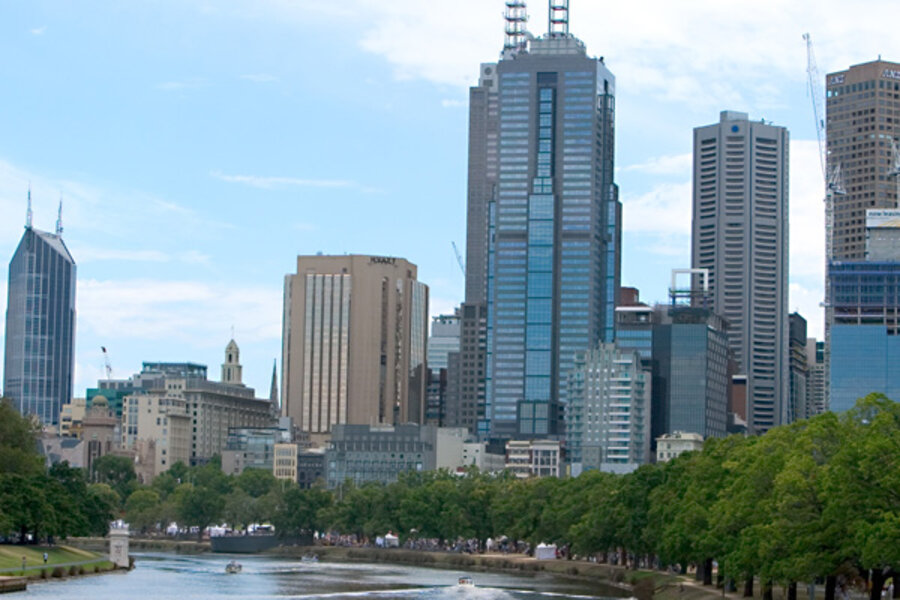Economic tales from the Southern Hemisphere
Loading...
The Southern Hemisphere is not a bad place to be in the wintertime. That is, when it is wintertime in the Northern Hemisphere. By the time the chilly winds from Baltimore reach the southern tip of Africa they have been warmed by the South Atlantic. Flowers bloom. The sun shines. Gentle breezes glide over the fields and parking lots.
As near as we can tell, South Africa is booming. Driving along the freeways, you’d scarcely know you weren’t in Southern California…or Texas. Except that it seems newer and more modern in Johannesburg than it does in LA. Most of the roads…shops…and offices you see in Jo’burg were put up only in the last couple of years. Those in LA date back decades.
But there are a lot of poor people in Africa, more than in California. And some of them are not very good neighbors. At intersections that are particularly favored by hijackers, for example, signs warn motorists to watch out. Razor wire, stretched generously and lazily on the top of walls, reminds the visitor that this is no paradise.
Melbourne, Australia, is equally sun-washed this time of year. But it seems cleaner, safer, and more urban. People ride bicycles up and down the Yarro River. Couples stroll hand in hand in front of the old train station or through the narrow alleys, now filled with tables and outdoor dining.
Jo’burg is much cheaper than Melbourne. We paid $44 for a buffet breakfast at the Crowne Plaza hotel. Then again, Melbourne has become one of the world’s most expensive and desirable cities. Each year, it and Vancouver vie for the top position in The Economist’s list of the world’s most livable cities.
To summarize Australia’s economic situation: the Aussies sell dirt to the Chinese. Since the Chinese have such a strong appetite for antipodal dirt, the Aussies are making money. Prices are rising. Investors are confident. The boom goes on.
Australian property prices seem way out of line, at least compared to Baltimore. An office building that might sell for $1 or $2 million in the heart of Baltimore is on offer in the St. Kilda area of Melbourne for $7 million. Then again, St. Kilda is lively, hip, and attractive, with an exciting nightlife and a beach next door. Baltimore, on the other hand…oh, never mind.
Regards,
Bill Bonner
for The Daily Reckoning








